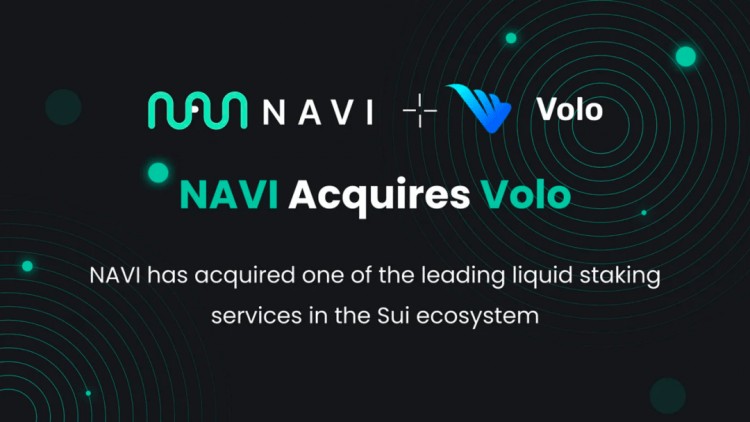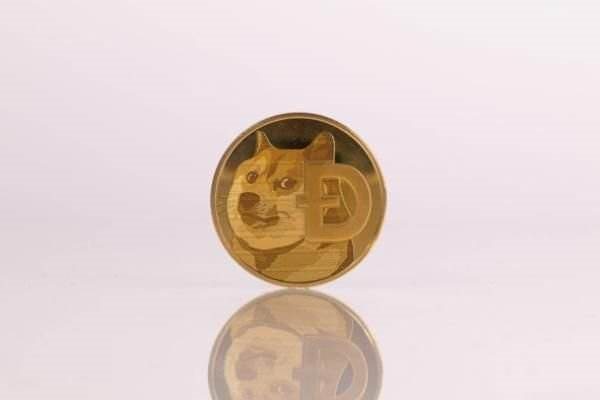时间:2024-02-01|浏览:245
The rotation of public chains created many wealth opportunities in the last bull market cycle, especially the successive rise of EVM L1 public chains, starting from Ethereum and then to BSC, then Fantom and Polygon, and finally Avalanche, which took over. Not only are public chain tokens The growth rate itself is astonishing, and it has also led to the rise of various protocols in the ecosystem; in this cycle, EVM L1 is no longer the mainstream narrative, various L2 Rollup public chains have sprung up, and emerging high-performance Move has been favored by capital. VM public chains, such as Sui and Aptos, are the public chains with current market potential.
In previous issues of CryptoSnap Dr.DODO has introduced many L2 Rollup-related tracks to you. This week, he will introduce two potential ecological projects that have not yet issued coins, Sui of the Move VM series and Aptos, to help you lay out the ambush in advance!
Navi Protocol
The first one to introduce is Navi Protocol, which currently ranks first in the Sui ecosystem with a TVL of nearly 100M. After acquiring Volo, another top LST protocol in the Sui ecosystem, it currently provides lending and liquidity staking (LST) services.
 Source: https://twitter.com/navi_protocol
Source: https://twitter.com/navi_protocol
Navi Lending is known for its capital efficiency, security and user experience. Its innovative "Leverage Vault" increases returns through automated leverage, and its "Isolation Mode" reduces the risk of new assets and allows 24-hour real-time monitoring of accounts. Navi continuously optimizes the process and adds new reward management, transaction recording and other functions to provide seamless lending services.
Volo is the protocol with the highest proportion of the liquidity staking market in the Sui ecosystem, accounting for 30% of the market. Volo is also the first place in the Sui Foundation's Liquid Stake hackathon. After Navi acquires Volo, it will provide one-stop lending and LST services. Better meet user needs.
In addition, Navi is currently conducting points activities. The points mechanism includes using native tokens to pledge to obtain income, fee discounts and participating in protocol governance. It also draws on Curve’s Ve economic model and introduces the veNavi concept.
Stream Finance
The second project introduced is Amnis Finance, a liquidity staking protocol on Aptos. Currently, TVL ranks second on Aptos with 38M. Amnis provides users with a safe, easy-to-use and innovative liquidity staking solution so that they can Easily maximize earnings on APT tokens and unlock liquidity.
 Source: https://docs.amnis.finance/amnis-protocol/how-amnis-works
Source: https://docs.amnis.finance/amnis-protocol/how-amnis-works
Amnis has launched two APT derivative tokens, amAPT and stAPT. amAPT is a stable currency corresponding to APT at a 1:1 ratio and can be used for transactions, adding liquidity, etc.; stAPT is an asset with income, representing the APT pledged by users to Amnis. Someone can earn staking income.
What is different from other LST protocols is that the Amnis protocol has built-in income tokenization products. Amnis packages income-bearing assets into standardized income tokens SY and splits them into principal tokens PT and income tokens YT to realize the return. Maximum control, this innovation provides users with greater asset control and revenue management flexibility.
Author's opinion
At the time of writing this article, the price of $Sui currency continues to hit new highs, and the current on-chain ecology is still in a very early pioneering stage. Similarly, Aptos, another Move-based public chain, except Thala, which occupies the leading ecological position, is still developing other ecological projects. Quite early.
Both protocols introduced in this article have LST products. For the author, from the perspective of asset allocation, allocating Sui & Aptos tokens and depositing them into the LST protocol to earn APR while ambush the airdrop of protocol tokens is a way to eat more than one fish. good idea.









